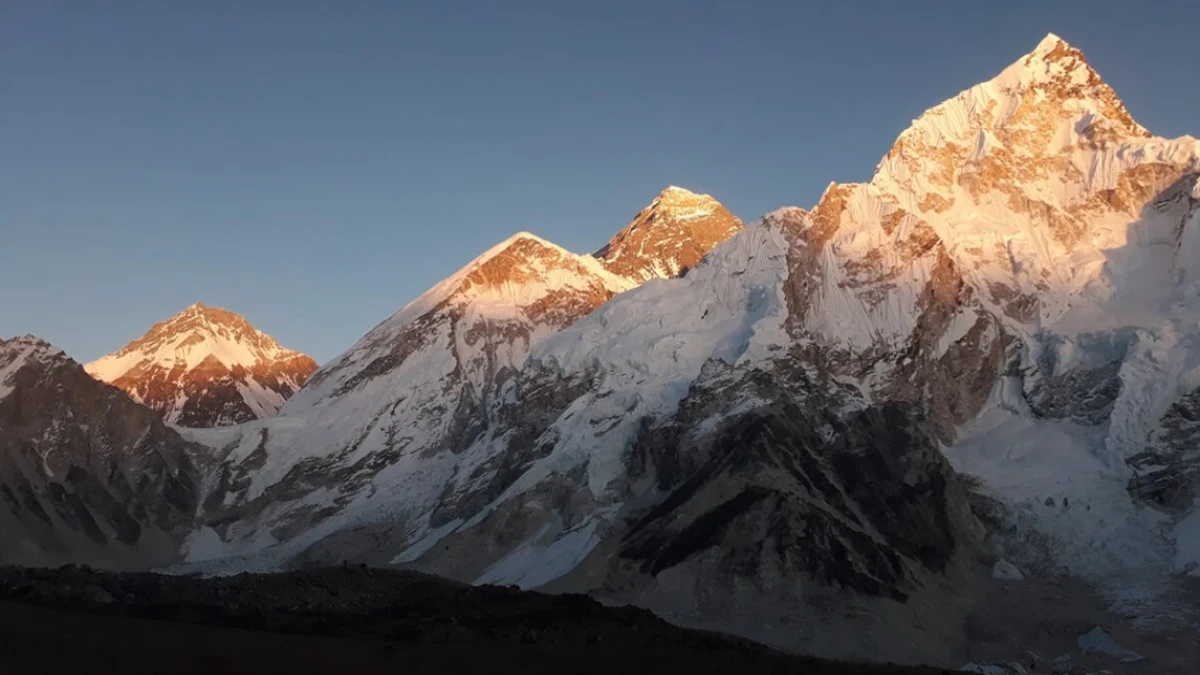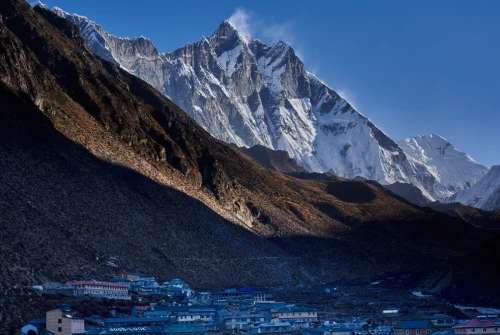Overview
The Everest Panorama Yoga Trek is a unique journey that blends the breathtaking landscapes of the Everest region with the spiritual practice of yoga and meditation. Over the course of 12 days, we immerse ourselves in a trek that not only showcases the towering Himalayan giants like Everest (8,848m), Ama Dablam, Thamserku, and Lhotse, but also offers a chance to reconnect with inner peace and mindfulness. This trek is perfect for those who want to experience the culture of the Sherpa people, enjoy panoramic mountain vistas, and rejuvenate their body and soul through guided yoga practices in the serene Himalayan environment.
Unlike the longer Everest Base Camp trek, the Panorama Yoga Trek is shorter, less strenuous, and ideal for those seeking a balance of physical adventure and spiritual retreat. Each day begins and ends with guided yoga sessions designed to enhance flexibility, reduce fatigue, and harmonize the mind with the natural surroundings. As we ascend through lush forests, rhododendron valleys, and traditional Sherpa villages, every breath we take is filled with fresh mountain air, deepening the connection between body and spirit.
Cultural encounters enrich this journey further. Along the way, we visit ancient Buddhist monasteries, experience Sherpa hospitality, and witness prayer flags fluttering in the wind, carrying messages of peace across the mountains. The trek is designed not only for physical exploration but also for self-discovery, making it one of the most rewarding adventures in Nepal. By the time we return to Kathmandu, we feel both revitalized and inspired, carrying with us not just memories of the Himalayas but also a deeper sense of balance and mindfulness.
Why Choose Everest Panorama Yoga Trek?
Choosing the Everest Panorama Yoga Trek means choosing a journey that goes beyond physical adventure. Here are the main reasons why this trek is so special:
- Short and Scenic: Unlike the longer Everest Base Camp trek, this 12-day adventure is accessible to those with limited time yet still offers stunning views of Everest and surrounding peaks.
- Yoga and Meditation: Daily yoga and breathing practices help us rejuvenate, release trekking fatigue, and find harmony between body and mind.
- Cultural Immersion: We explore Sherpa villages, visit ancient monasteries, and experience authentic Himalayan traditions.
- Panoramic Views: From Namche Bazaar and Tengboche Monastery, we witness some of the most spectacular mountain views in the world.


 based on 9 reviews
based on 9 reviews
